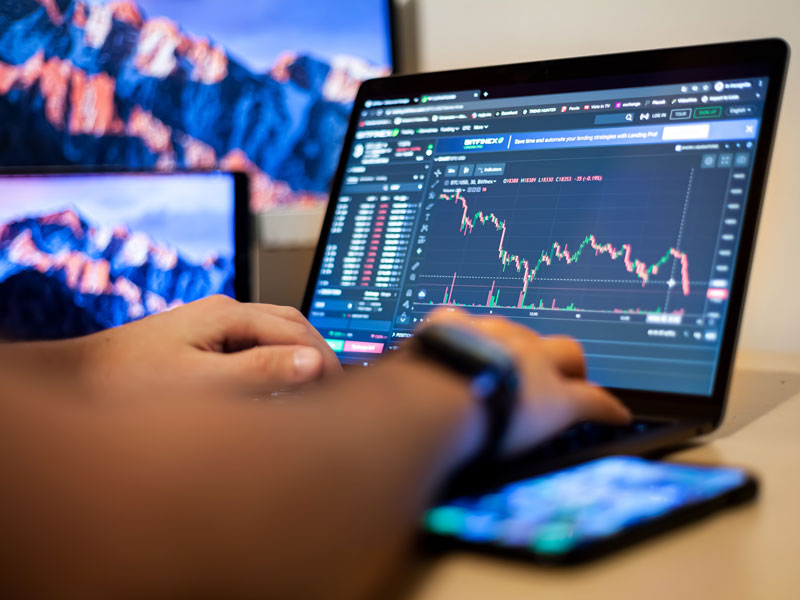
Forex futures trading is a fascinating arena that combines the power of foreign exchange with the structured framework of futures contracts. For anyone looking to expand their investment portfolio or delve into a new trading strategy, understanding the intricacies of this market is crucial. Whether you’re a seasoned trader or a beginner, grasping the fundamentals of Forex futures can enhance your trading performance. One of the reliable platforms available for such trading is forex futures trading islamic-fxtrading.com, which provides various tools and insights.
What are Forex Futures?
Forex futures are standardized contracts traded on exchanges to buy or sell a specific amount of a currency at a predetermined price on a stipulated future date. These contracts are created to manage the risk associated with currency fluctuations. Unlike spot trading, where transactions occur instantly at current market prices, Forex futures transactions are conducted at a future date, providing an opportunity for traders to speculate on future price movements.
The Mechanics of Forex Futures Trading
Forex futures are traded in contracts measured in the base currency. Each futures contract represents a specific quantity of currency and is quoted in terms of the currency pair. For instance, a Euro futures contract traded on the Chicago Mercantile Exchange (CME) may represent 125,000 Euros against the US Dollar.
How Are Forex Futures Quoted?
In Forex futures, traders typically see calls and puts—the two sides of the options. A ‘call’ option allows traders to buy the currency at a specified price, while a ‘put’ option gives them the right to sell it at a predetermined price. Futures are commonly quoted in terms of the exchange rate for the specified currency pairs.
Advantages of Trading Forex Futures
There are several advantages to trading Forex futures, including:
- Leverage: Futures contracts allow traders to control a large amount of currency with a relatively small deposit. This leverage can amplify both gains and losses.
- Liquidity: The Forex futures market is highly liquid, meaning that trades can be executed quickly at transparent prices. This feature is critical for traders who need to enter and exit positions efficiently.
- Risk Management: Futures contracts can serve as effective hedging tools. Traders can lock in prices for future transactions, thus allowing better financial planning.
- Regulatory Oversight: Forex futures are traded on regulated exchanges, providing a level of transparency and security that some over-the-counter (OTC) markets lack.
Trading Strategies for Forex Futures
Creating a successful strategy for trading Forex futures requires a solid understanding of market movements and analytical methodologies. Here are some popular strategies:
1. Trend Following
This strategy involves identifying currency trends and making trades based on the direction of that trend. Traders look for confirmation signals through various technical indicators, such as moving averages, to ascertain the sustainability of a trend.

2. Range Trading
Range trading is based on the idea that currencies will often trade within a defined range over a certain period. Traders identify support and resistance levels and place trades when prices bounce off these boundaries.
3. Breakout Trading
Breakout strategies involve entering the market when a currency crosses a key support or resistance level with significant volume. Following a breakout, traders typically anticipate further movement in the direction of the breakout.
4. Hedging
Hedging involves taking an opposite position in the futures market to mitigate potential losses in the spot market. This strategy is often employed by businesses that deal with international transactions and aim to protect themselves from adverse currency movements.
Risks in Forex Futures Trading
While Forex futures trading can be lucrative, it is not without its risks. Traders should be mindful of the following:
- Market Risk: The potential losses that arise from market fluctuations. Prices can change rapidly due to economic news, geopolitical events, and market sentiment.
- Leverage Risk: While leverage can amplify profits, it can also magnify losses. Traders must exercise caution and use risk management tools like stop-loss orders.
- Liquidity Risk: Although the Forex market is generally liquid, specific futures contracts may suffer from lower liquidity, leading to slippage and unanticipated costs.
- Counterparty Risk: This risk is diminished in regulated markets like the CME, but it’s still crucial to understand the parties involved in a futures contract.
Tools and Resources for Forex Futures Trading
Successful Forex futures trading relies on various tools and resources that help traders make informed decisions:
- Trading Platforms: Reliable trading platforms like MetaTrader and Thinkorswim provide powerful tools for analyzing the futures market.
- Market Analysis: Keeping abreast of economic indicators, geopolitical events, and market sentiment is essential for forecasting currency movements.
- Educational Resources: Many brokers offer educational materials, including webinars and articles that cover market strategies, risks, and trading techniques.
- Simulator Tools: Trading simulators allow traders to practice without financial risk, helping them hone their skills and strategies effectively.
Conclusion
Forex futures trading offers a diverse array of opportunities for traders aiming to profit from currency movements. Understanding the structure of Forex futures, the strategies available, and the associated risks is essential for anyone looking to navigate this complex market. By leveraging the right tools and continuously educating oneself, traders can enhance their chances of success in Forex futures trading.